Over the past years, the Department of Natural Resources and Environment of Quang Tri, together with relevant departments, branches and functional agencies, has implemented mangrove planting projects to promote the effects of wave protection, dyke protection, anti-tide and soil erosion, improve the ecological environment, mitigate climate change, create favorable conditions for people in some coastal areas to develop production and improve the quality of life.
At dawn, the scene in Bac Phuoc islet, Trieu Phuoc commune, Trieu Phong district becomes peaceful and fresh - Photo: NB
Quang Tri has a large area of flatlands and estuaries distributed along the coastline of about 75 km. Every year, these coastal areas often suffer negative impacts caused by natural disasters. People living here are always worried about saltwater intrusion, drought, high flood waters washing away dikes, destroying fields, ponds, and villages. To help people here live in peace, Quang Tri province has focused on investing in building many solid, large-scale sea dikes and directed localities to promote mangrove planting to protect dikes, improve the ecological environment, and minimize climate change.
Over the past 10 years, the Department of Natural Resources and Environment, together with relevant departments, branches and units, has strengthened the work of planting mangrove forests in communes in the coastal and estuary areas of the province. From 2015 to 2021 alone, the Department of Natural Resources and Environment has implemented two large-scale mangrove planting projects:
Project on Restoration and sustainable development of mangrove ecosystems associated with sustainable livelihoods in the downstream areas of Ben Hai and Thach Han rivers to respond to climate change. Project on Building a mangrove forest model in Quang Tri province. Project on Restoration and sustainable development of mangrove ecosystems associated with sustainable livelihoods in the downstream areas of Ben Hai and Thach Han rivers to respond to climate change was implemented from 2015-2020.
The project's objective is to plant and develop mangrove forests in the alluvial area to help stabilize the alluvial area, use it for multiple purposes, and improve the efficiency of the marine economy ; create and restore mangrove belts to protect the sustainable development of coastal ecosystems; enhance the wave-blocking effect to protect river dykes, expand land, and protect production in the alluvial area outside the dyke.
At the same time, raise people's awareness of the value and importance of planting protective forests, especially in vulnerable areas such as dykes, river embankments, and tidal coastal areas, aiming to increase income for people in coastal areas. This project is implemented in the communes of Trieu Do, Trieu Phuoc, Trieu An (Trieu Phong) and Gio Mai, Trung Hai (Gio Linh) with a total area of 60.01 hectares of mangrove forest (Syrphus).
Sonneratia forest in Bac Phuoc village, Trieu Phuoc commune, Trieu Phong district in flowering season - Photo: NB
The Quang Tri Province Mangrove Forest Model Construction Project was implemented from 2017-2021 in Trieu Phuoc Commune, Trieu Phong District. The project's objective is to plant 1 hectare of new mangrove forest (Syrphus) to protect the dyke, minimize natural disasters, landslides, saltwater intrusion, and protect production in the alluvial areas outside the dyke. Thereby raising awareness of the value and importance of afforestation for people in coastal areas.
After many years of implementing the mangrove planting project, it has been effective, bringing practical benefits to the people. Now, walking around from Trieu Do commune to Trieu Phuoc, Trieu An communes and then to Gio Mai, Trung Hai, you will see green mangrove forests surrounding and protecting dikes, fields, ponds, and villages so that people can live in peace. In addition, mangrove forests in the above localities also create a diverse ecosystem, making the air fresh and an ideal living environment for aquatic products and birds.
Bac Phuoc Islet is a land located in the North of Trieu Phuoc Commune, Trieu Phong District, it is surrounded by two branches of Hieu and Thach Han Rivers, with a total area of about 4 km2, with about 330 households, more than 1,500 people. Going back three decades ago, Bac Phuoc Islet was associated with mangrove swamps, the people here had to bear the harshness of natural disasters.
In the dry season, Bac Phuoc people have to face frost, saltwater intrusion, and lack of water for daily life and production. In the rainy and stormy season, floodwaters from upstream combined with sea waves and high tides cause the island to be submerged in water. After each flood, Bac Phuoc people have to mobilize workers to build and patch sea dykes and rebuild roads. This refrain is repeated from storm and flood season to year and the land between the islands gradually drifts out to the vast ocean.
In 2006, the sea dike in Bac Phuoc village was completed with a total length of 7.8 km and immediately played the role of blocking waves, preventing salinity and preserving fresh water, fighting against high tides, soil erosion, and protecting villages. To protect the sea dike from the destruction of nature, from 2010 to 2021, the authorities continuously planted mangrove trees around Bac Phuoc island to create a green wall to prevent fierce waves.
The sea dyke combined with the mangrove forest has almost completely limited the impact of sea waves, flood water, high tides, increased the ability to deposit alluvium, prevent salinity and retain fresh water, improve the ecological environment and help minimize climate change. Thanks to that, agricultural production and aquaculture in Bac Phuoc are increasingly favorable, nearly 120 hectares of agricultural land and over 150 hectares of brackish water aquaculture always bring high economic efficiency.
Sunset in the mangrove forest of Bac Phuoc island - Photo: NB
From 2015 to 2017, when the mangrove forests in Bac Phuoc began to grow high among the coastal aquaculture ponds, the leaves and canopy of the trees shielded the East wind blowing in from the sea, the flock of storks came to live and take shelter here more and more. In addition, the root system of the mangrove trees is an ideal habitat for shrimps and small fish. And every time the tide recedes, in the layers of mangrove roots intertwined with each other, there are always many organisms, plankton, shrimps, and small fish left. That is an abundant source of food that nature has given to the flock of white storks here.
Gradually, the flock of storks built nests and reproduced quickly, so the number increased to thousands and was always protected by the People's Committee of Trieu Phuoc Commune, the Village Executive Committee, and the people of Bac Phuoc. Recently, in the mangrove forest, in addition to the flock of thousands of white storks, there are also many other bird species that have come to live and live for a long time such as: herons, turtledoves, herons, starlings... creating a diverse and rich biological population.
In addition, in recent years, mangrove forests in Trieu Do and Trieu An communes (Trieu Phong district) and Gio Mai and Trung Hai communes (Gio Linh district) have also actively promoted the effectiveness of wave protection, sedimentation, and ecological environment protection, contributing to improving economic efficiency, bringing a prosperous life to many people in coastal and estuary areas...
Nhon Bon
Source: https://baoquangtri.vn/trong-rung-ngap-man-cai-thien-moi-truong-sinh-thai-189475.htm


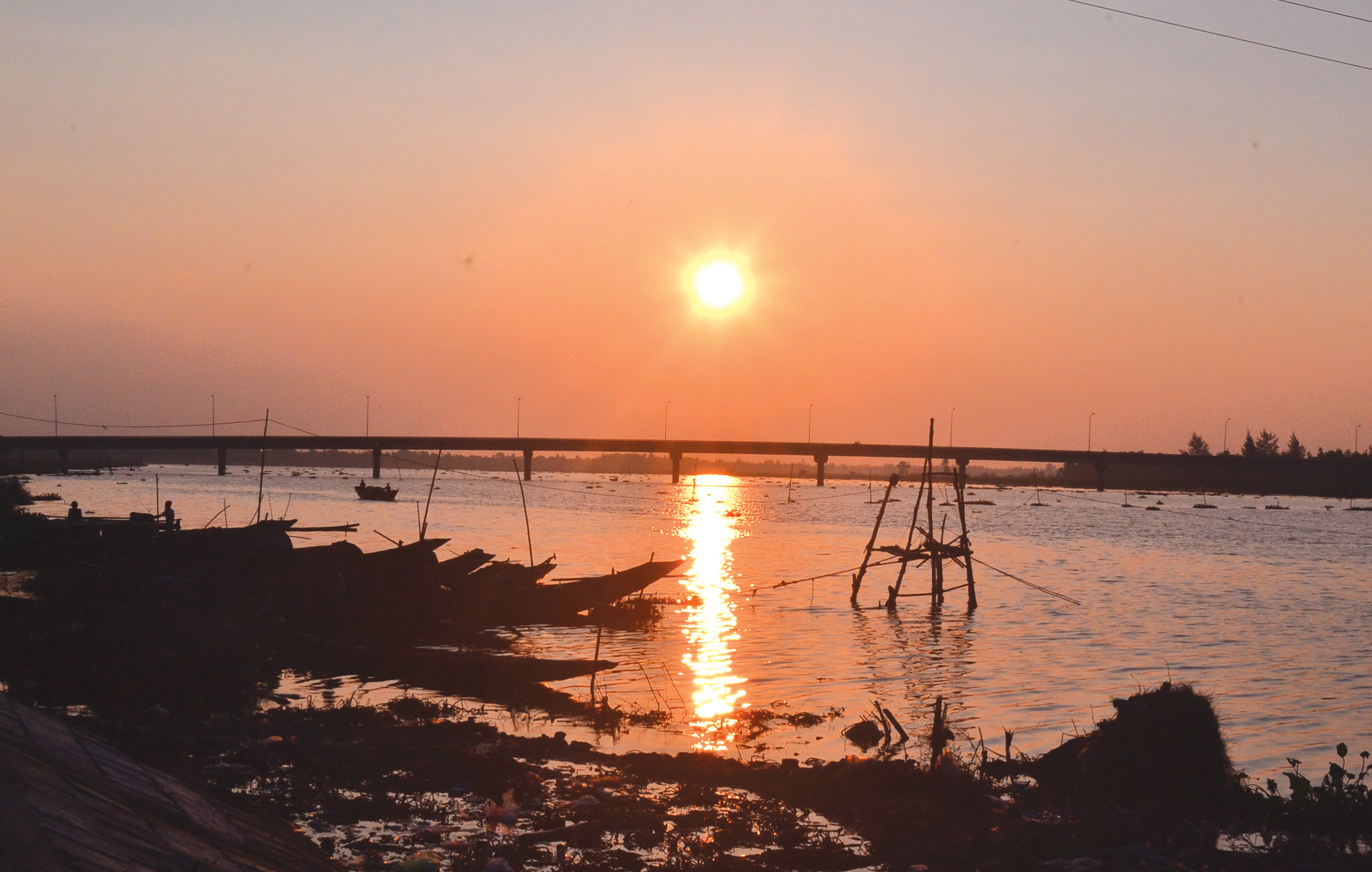
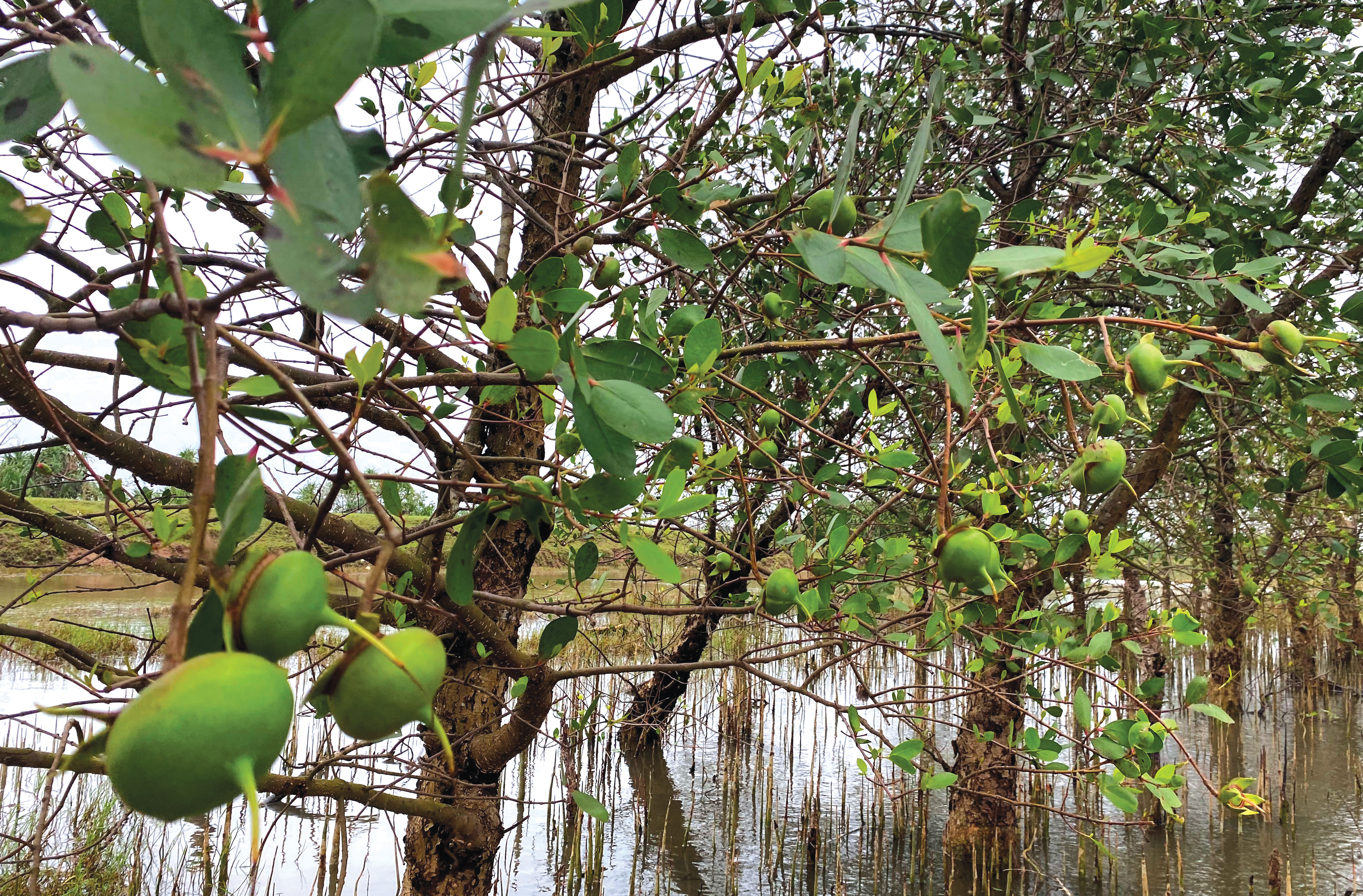
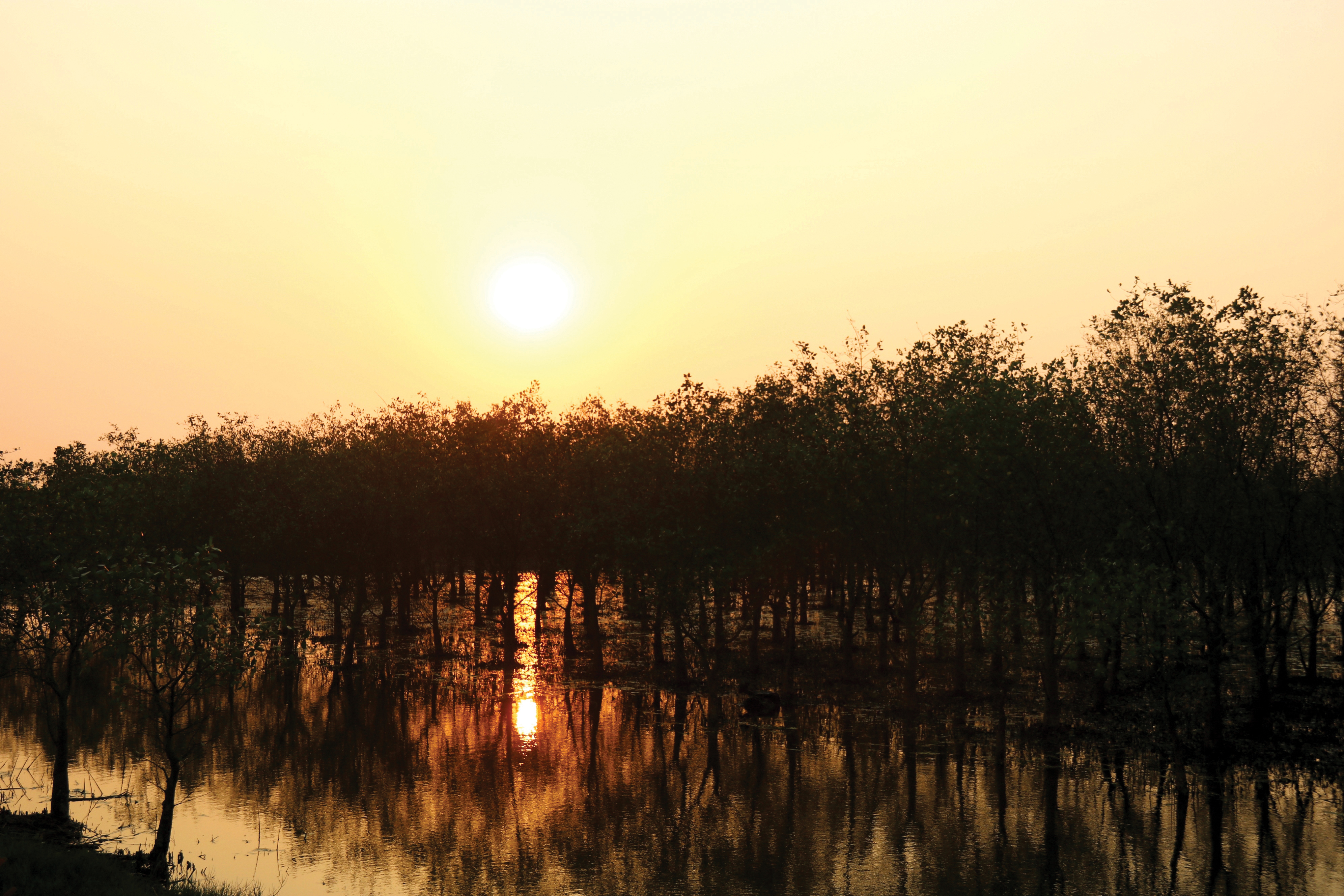


![[Photo] Prime Minister Pham Minh Chinh chairs a meeting of the Government Standing Committee to remove obstacles for projects.](https://vphoto.vietnam.vn/thumb/1200x675/vietnam/resource/IMAGE/2025/10/06/1759768638313_dsc-9023-jpg.webp)


![[Photo] Prime Minister Pham Minh Chinh chaired a meeting of the Steering Committee on the arrangement of public service units under ministries, branches and localities.](https://vphoto.vietnam.vn/thumb/1200x675/vietnam/resource/IMAGE/2025/10/06/1759767137532_dsc-8743-jpg.webp)
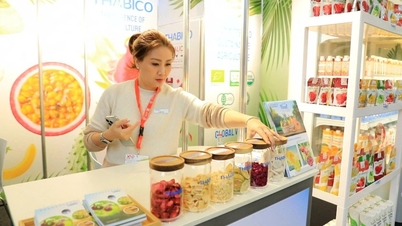

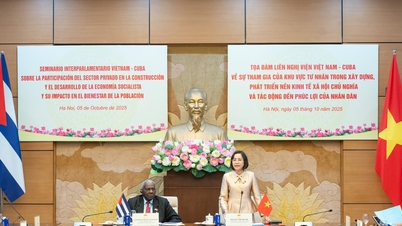

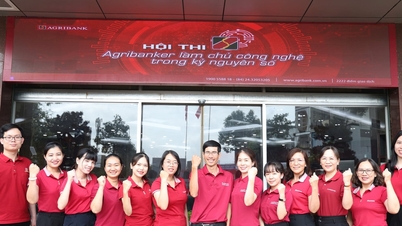
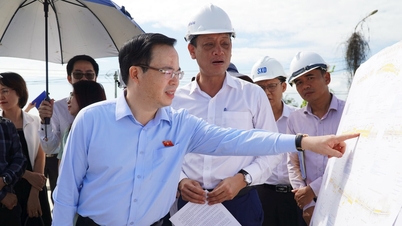
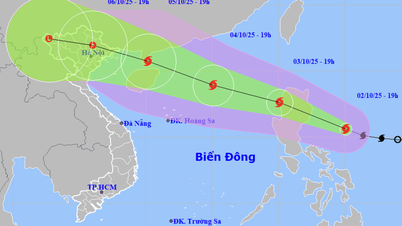

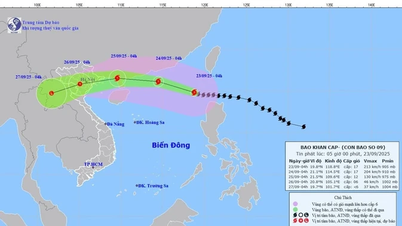

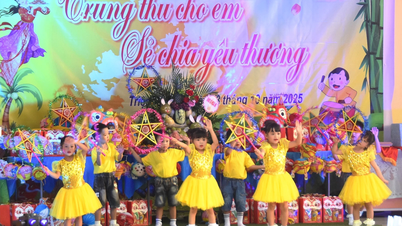

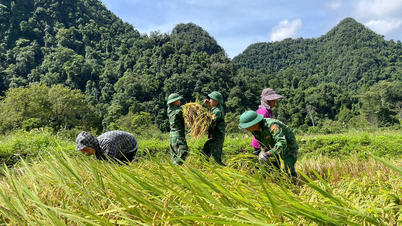
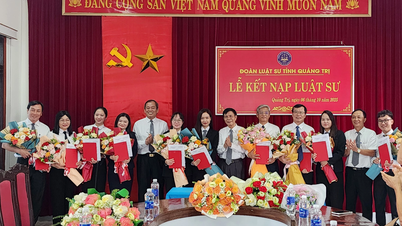
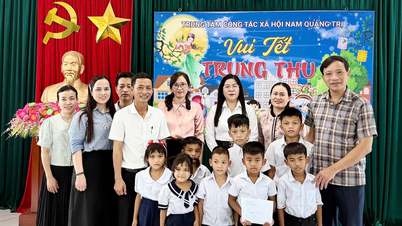
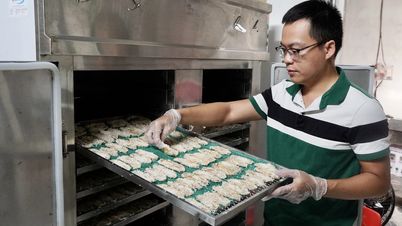
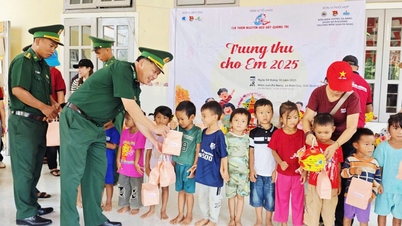






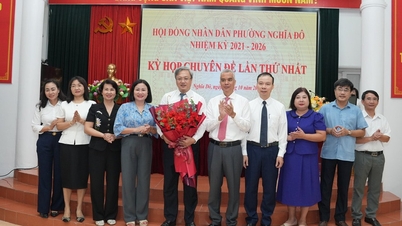
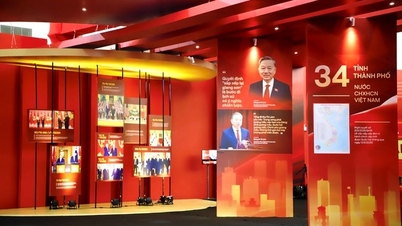
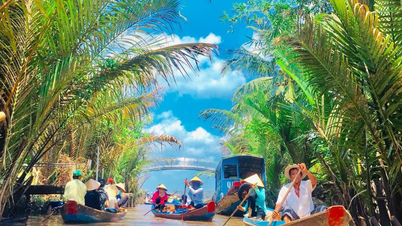
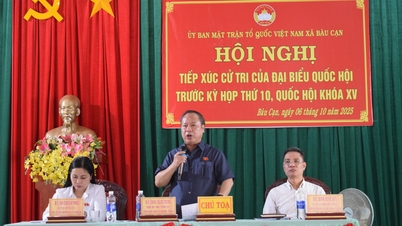




























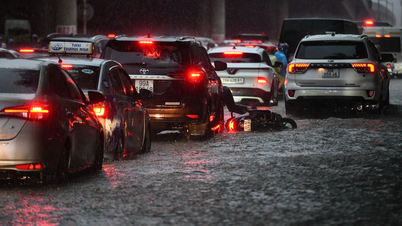


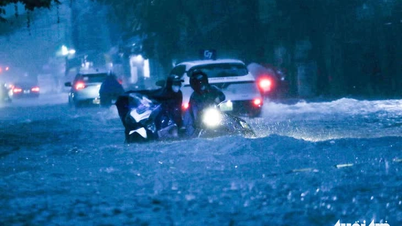











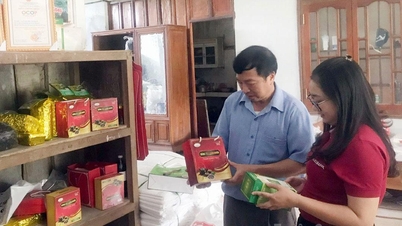

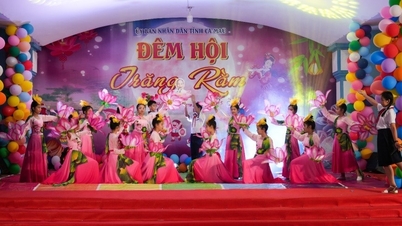


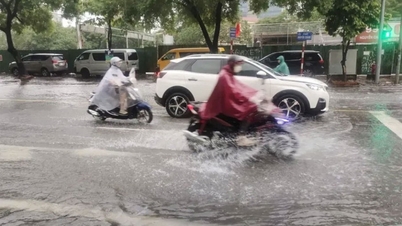



















Comment (0)